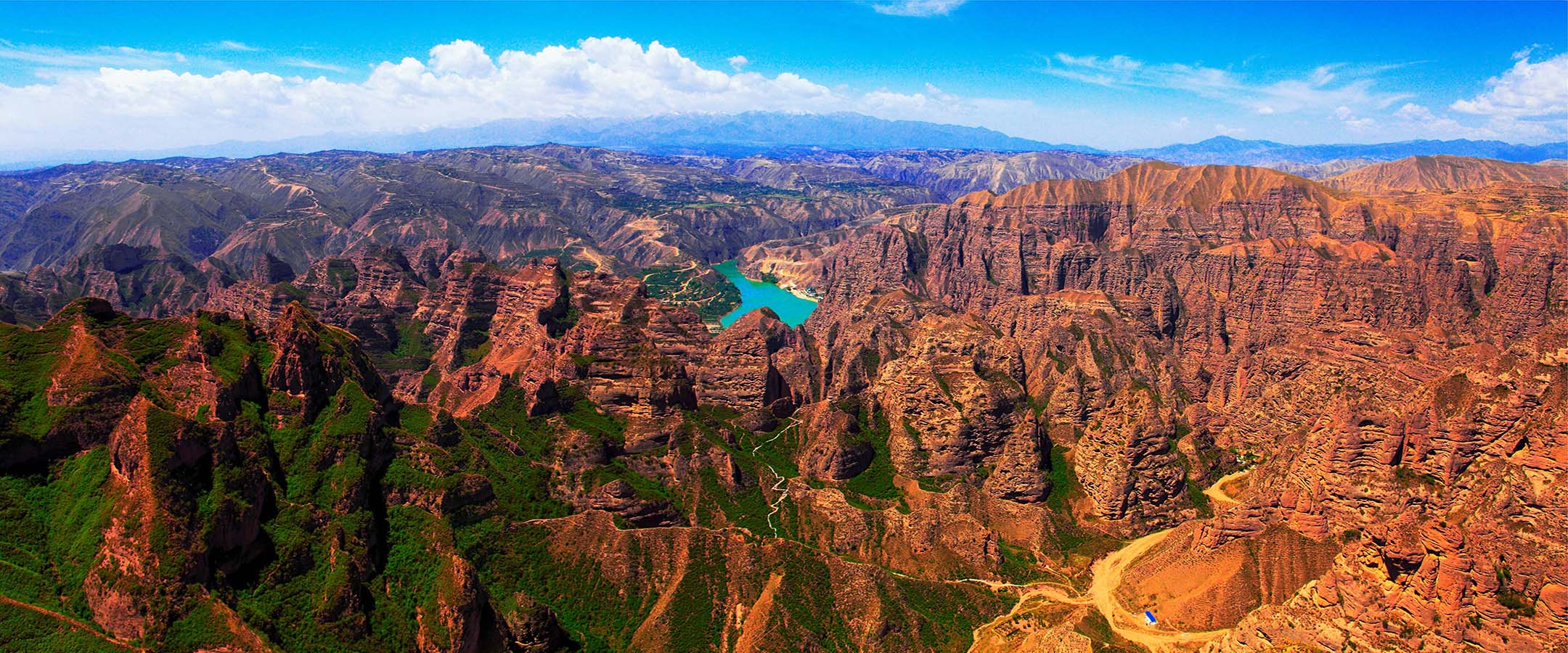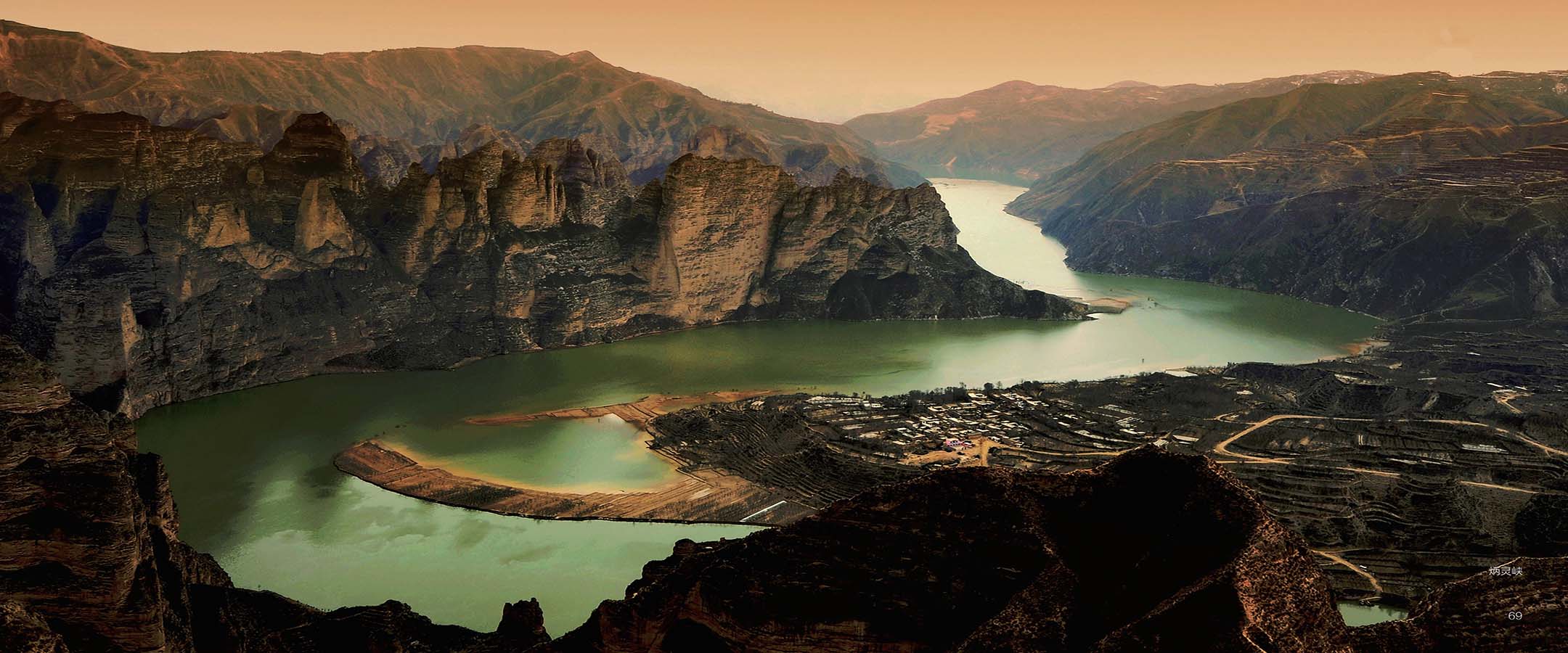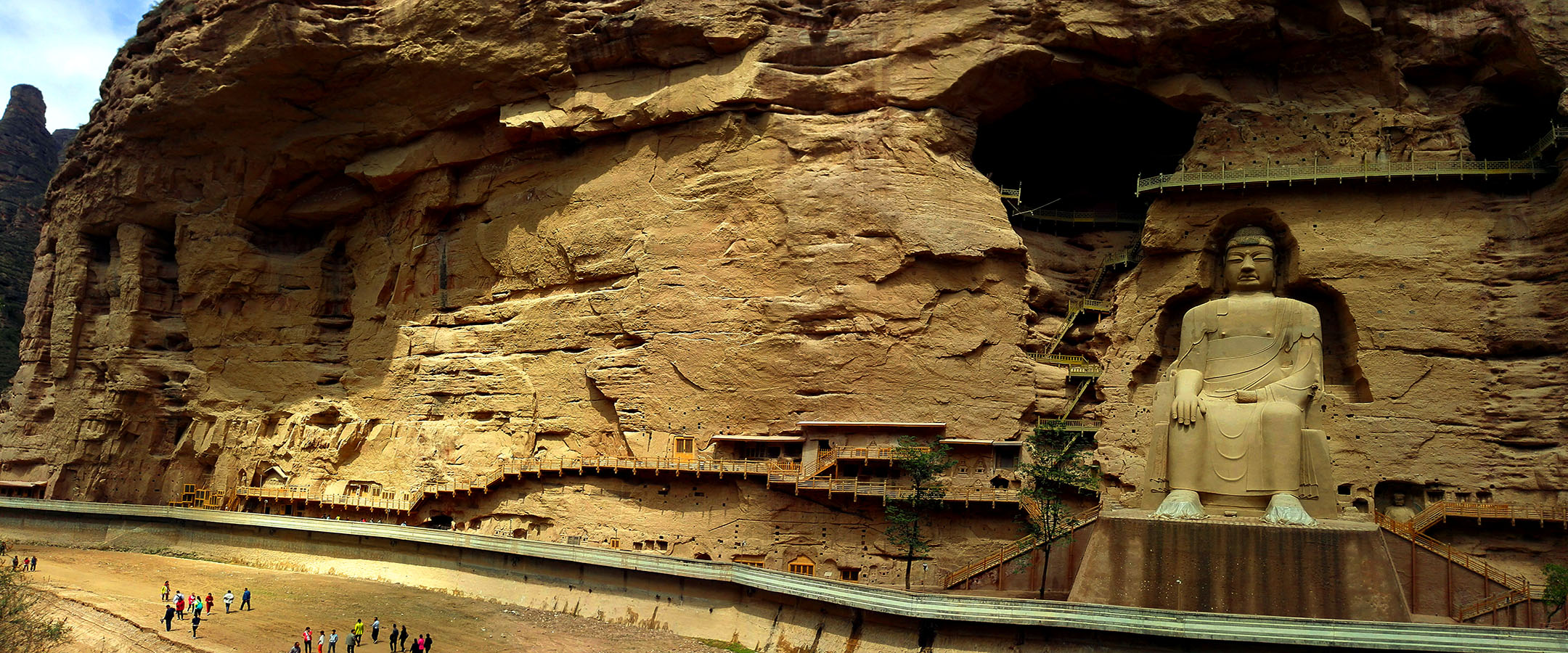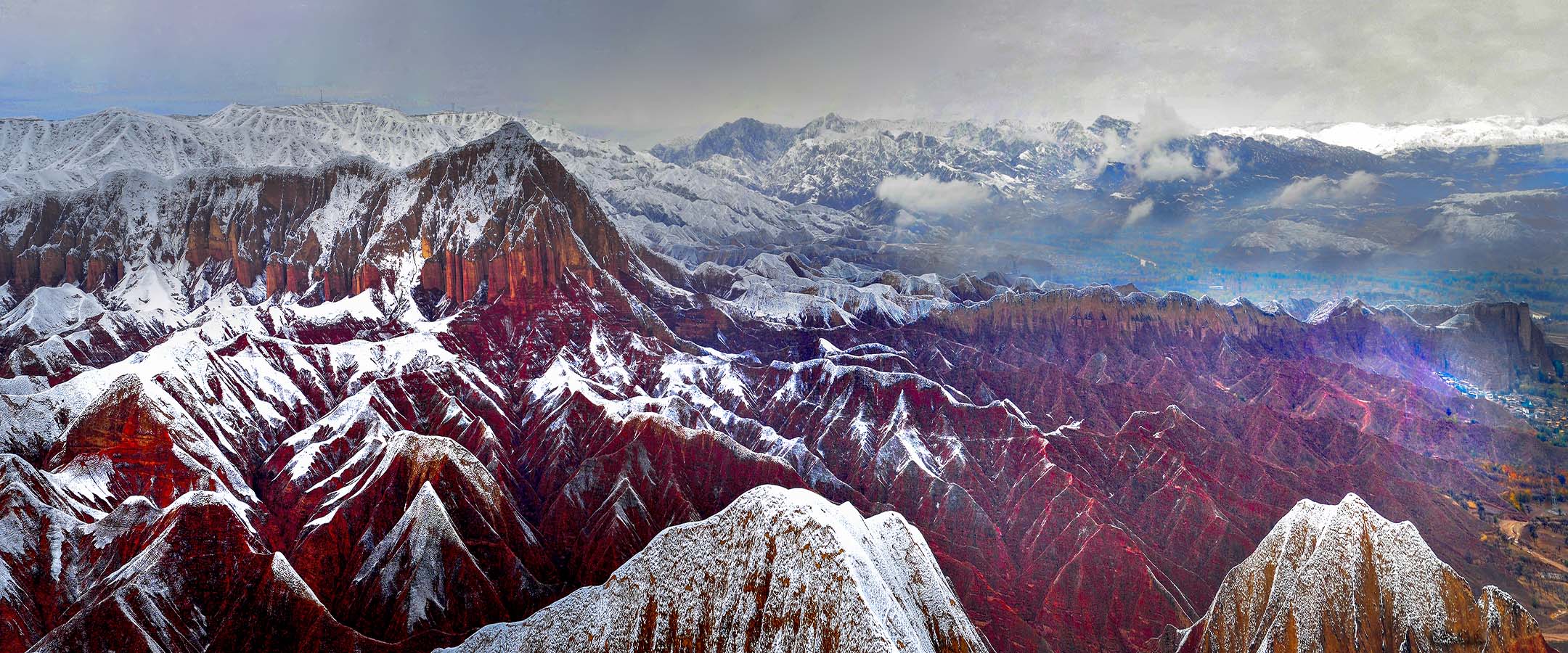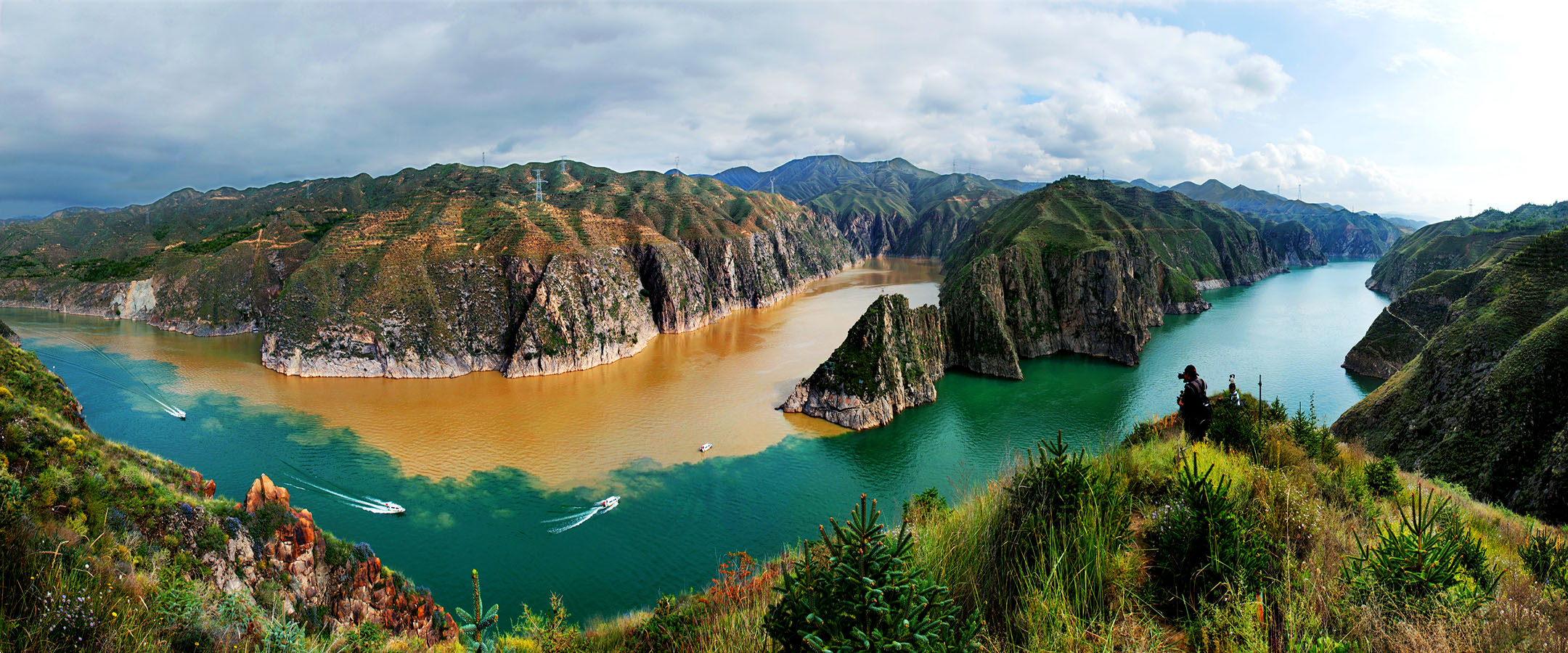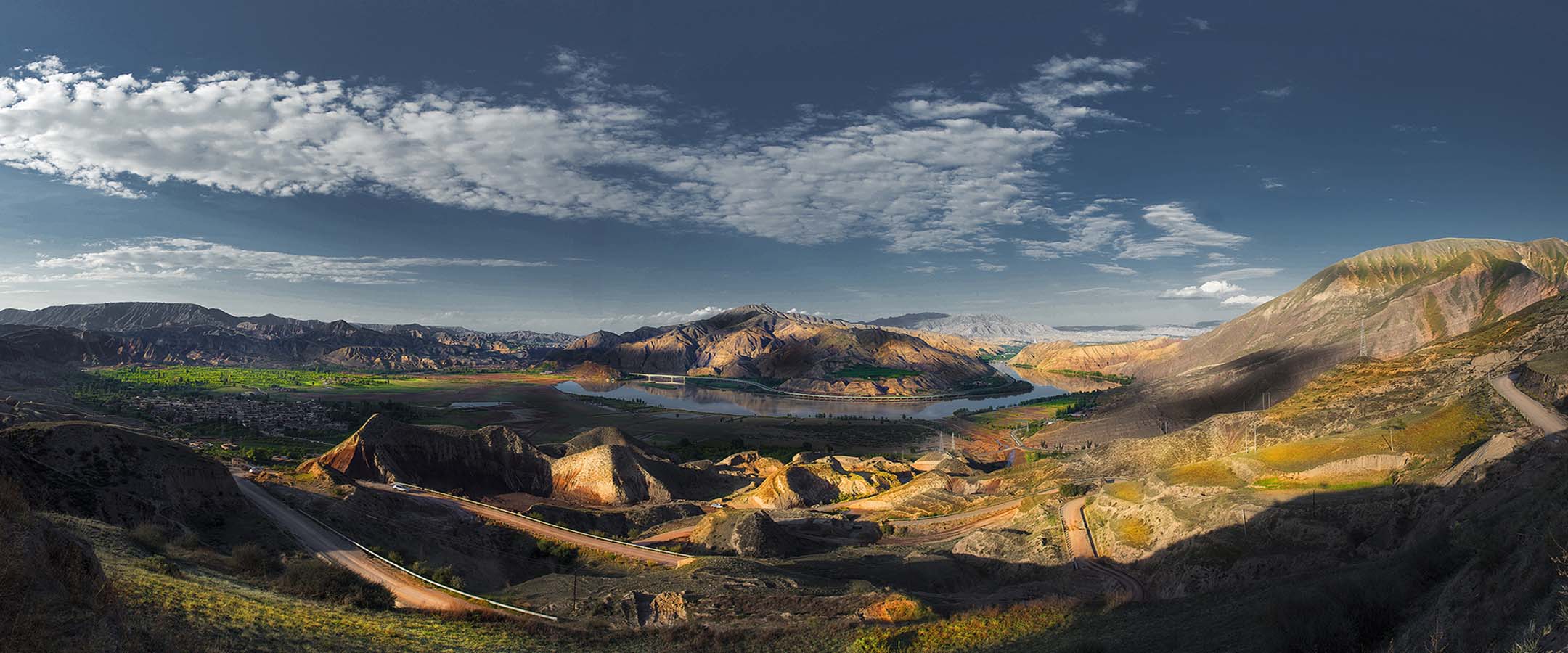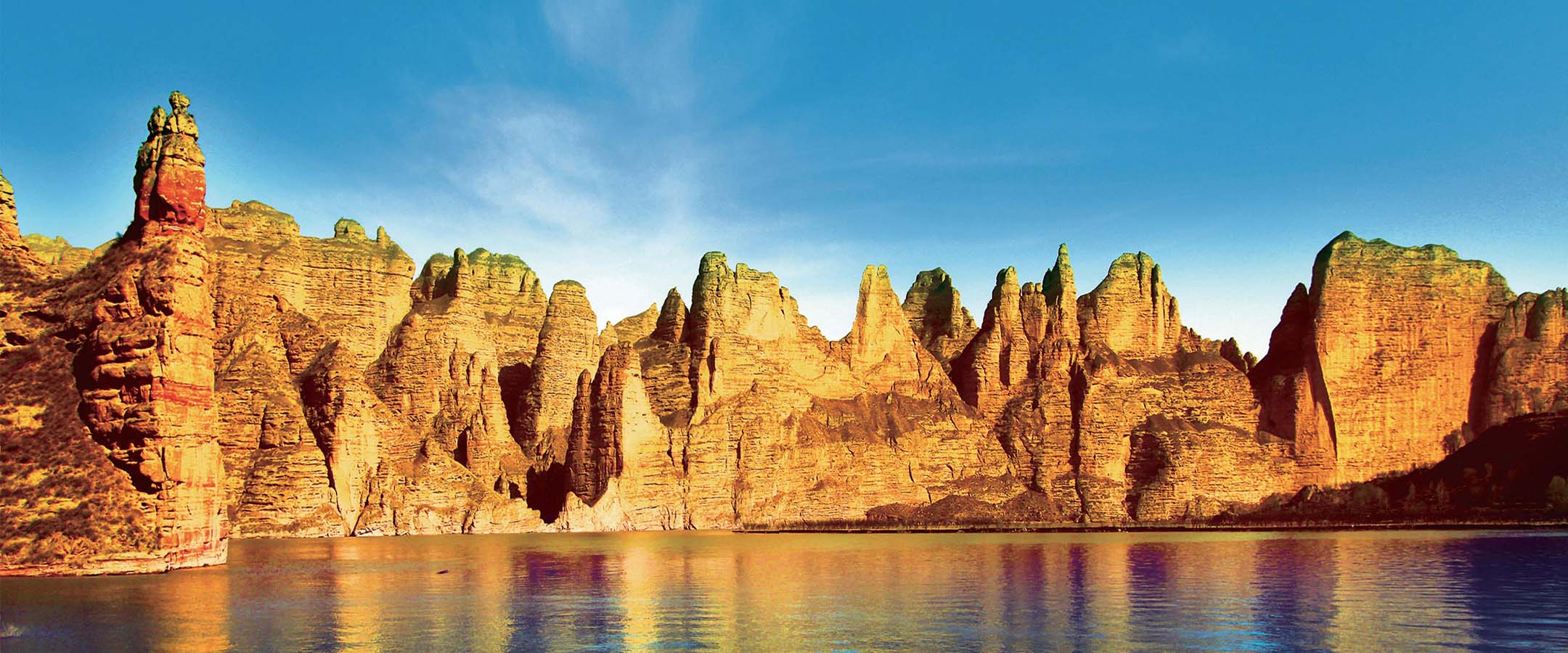2006年,永靖傩舞戏被列入甘肃省首批非物质文化遗产名录,同年永靖县被命名为“甘肃傩舞之乡”。2007年,永靖县被命名为“中国傩文化之乡”。2008年,永靖傩舞戏被列入国家级非物质文化遗产名录。
永靖傩舞戏,又称“跳会”,是地质公园当地一项重要的娱乐性风俗活动。傩是中华文化中重要的文化现象之一,不仅是一种戏剧现象或宗教祭祀活动,而是一种完整的活文化现象,体现着人与自然、人与未知世界之间彼此呼应、相互往来的十分密切的关系,体现着自古传承的一种动态文化过程。中国的傩文化起源自远古时代的鬼神崇拜,成型于夏商周三代的祭祀之礼,随后又逐步完善于汉唐宫廷仪式和民俗民风之中,因时而异,不断自我调整,灵活演变,一直传承于后世。
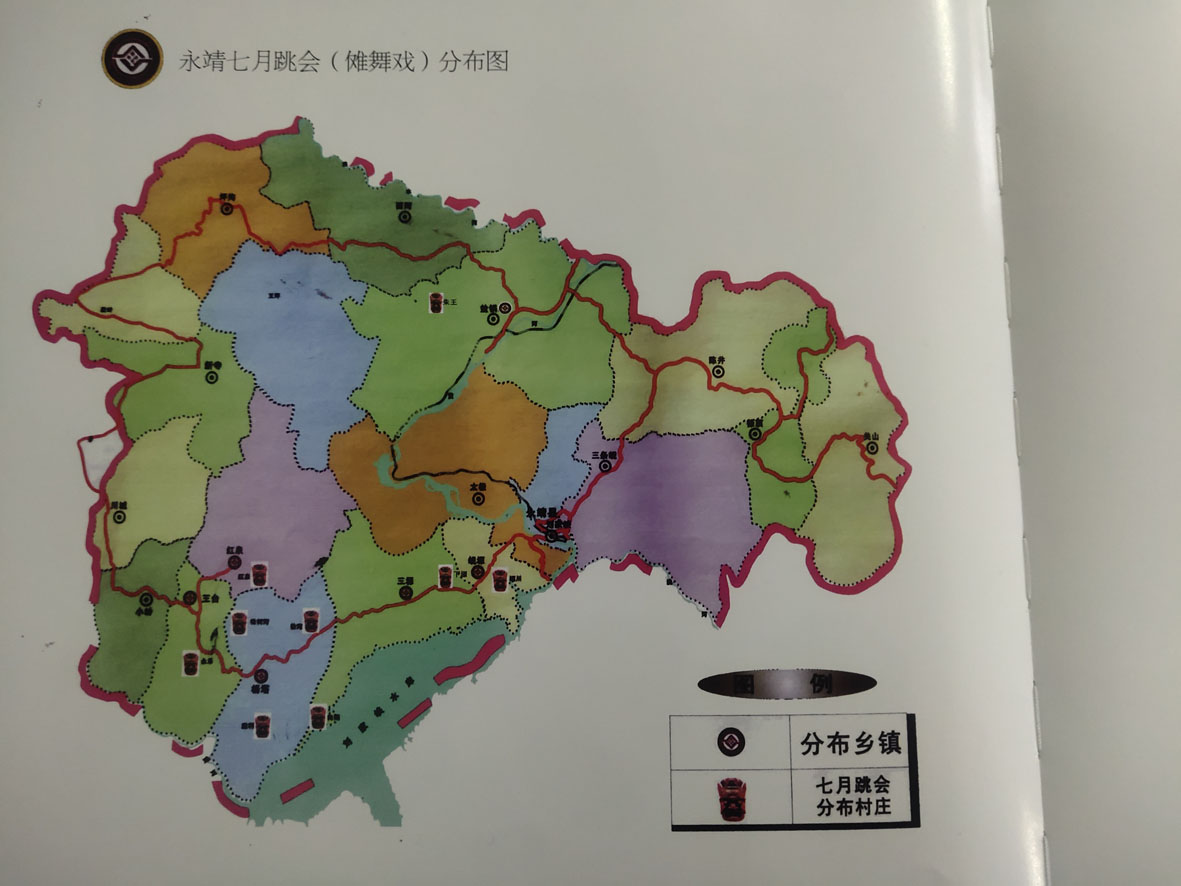
永靖傩舞戏是中国傩文化中重要的一个分支,同样有着悠久的历史,被称为戏剧舞蹈的“活化石”。其内容、形式与四川、云贵地区现存的傩舞非常相似,但同时也具有浓郁的地方特色。在漫长的传承和发展过程中,永靖傩舞戏大量吸收了儒道释文化因子,包括其神灵体系、礼仪制度和思想内容,丰富、扩展了永靖傩舞的内容、形式和娱乐功能等,体现出本地化的特点。永靖傩舞戏的表现内容以神鬼故事、尚武精神为主,依托历史故事、宗教和世俗人物故事,表现人民群众的生产生活和民俗风情。表现形式主要有戏剧型、歌舞型和杂耍型等几类,经典剧目有《目莲救母》、《庄家佬破盘》、《孝存打虎》、《方四娘》、《笑和尚》等。
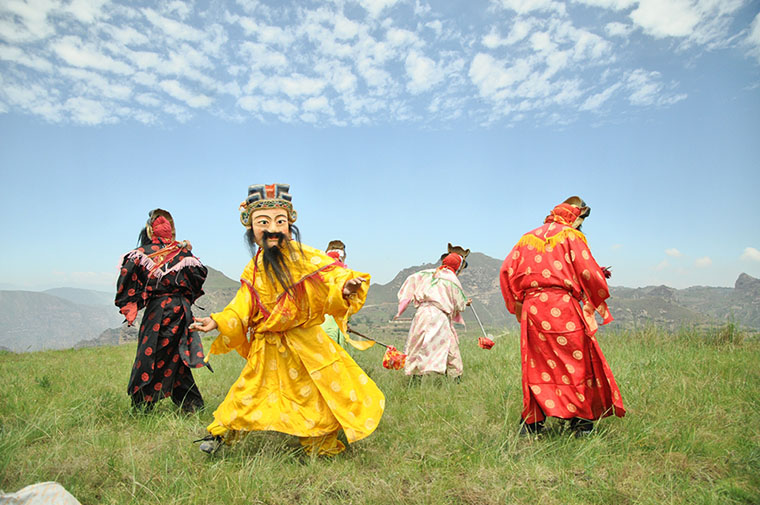
永靖傩舞戏的发展同时形成了独特的傩面具及其制作工艺、脸谱、服饰道具、音乐和乐器等。面具当地称为“脸子”,是傩舞戏最具特点的道具,它与原始人类的狩猎活动、部落战争、巫术仪式等有着密切的联系,是原始宗教与图腾崇拜的产物,从人类最初对太阳、大地的崇拜到对神明的崇拜,透露了远古社会形态的隐秘信息。永靖傩面具的制作,也是一项重要的民间工艺。傩面具的制作一般分为作模、制胎、彩绘和装帧四个步骤,从提议到备料、开做都有完整的仪轨,非常讲究。面具的造型和彩绘的脸谱也有完备的制度,绘制着色遵守古典戏剧人物的着色规则,造型或夸张,或写实,十分生动传神。公园旁杨塔胜利村等地保留有明清时代面具数十个,是非常宝贵的民俗文物,对研究傩文化和民俗、民间工艺有重要的价值。
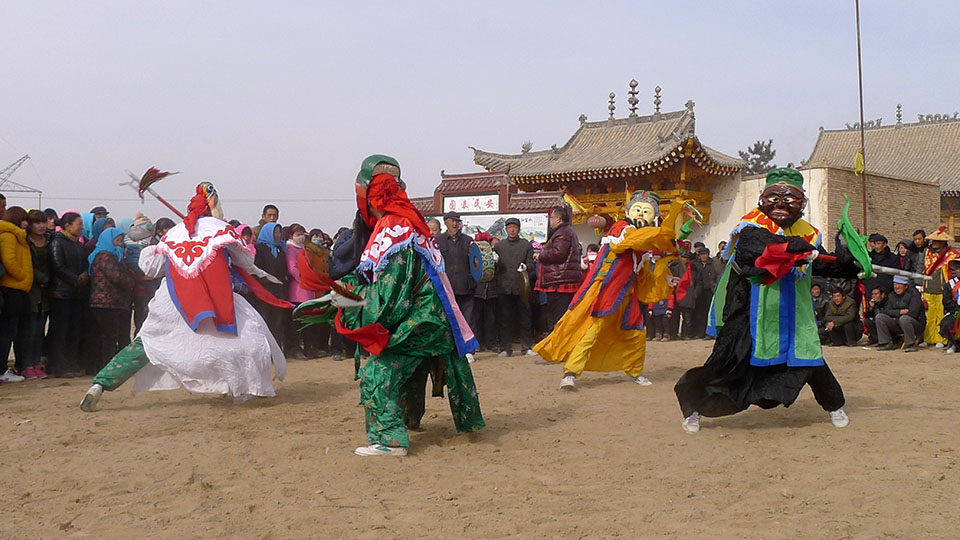
永靖傩舞戏的服饰以交领右衽式长袍和圆领或直领对襟式长袍为主,配以马夹、云肩、边裙等。道具主要以兵器类、生产生活类、法器炮仗类为主,分别用于不同题材的剧目中。永靖傩舞戏的配乐与今天不同,只用了五个音,没有使用两个半音,乐器伴奏也十分简单,常用的乐器主要有鼓、锣、拔、笛、唢呐等,由鼓点指挥。风格古拙简朴,特色十分鲜明。
In 2006, Yongjing Nuo Dance was listed in the first batch of Intangible cultural heritage of Gansu Province. , Yongjing County was named hometown of Gansu Nuo dance in the same year and hometown of national Nuo culture In 2007, listed on the national intangible cultural heritage list In 2008.
The Nuo dance, which once was used to exorcise evil, is now entertainment. Nuo dance, which originated in primeval times as a means of exorcising the plague and demons and worshiping gods, is the oldest dance form known in the country. The Nuo dance used to be performed in most parts of China, by Han people as well as by some ethnic minority groups in Southeast China.
Emerging in feudal times, when ancient Chinese were transforming from barbarism to civilization, the Nuo dance served as a talisman against the perceived evils of life. During this period, natural disasters and diseases, especially plagues, often wiped out huge segments of the population and livestock. Desperate for an explanation of such abnormal occurrences, primitive Chinese assumed that demons and ghosts were behind these inexplicable events, which was in fact the beginning of primeval worship of nature, totems, ancestors, and deities. During the Shang and Zhou dynasties (16th century-3th century BC), sacrificial rites such as the Nuo dance to exorcise evils appeared. In the Zhou Dynasty, Nuo became a major rite of the court.
The Nuo dance takes on diverse forms. There are Nuo dances specially designed for various purposes, such as to ward off evil and plague, to entertain and thank deities, to pray for fortune and good luck, and to bring to life favorite legends and myths, which represent the wide range of cultural norms in China.The dance is vigorous and dignified. The dancers of the Nuo Dance all wear vivid, lifelike, wooden masks with different expressions, some of which are powerful and bold, some ferocious, some amiable and kind, some simple and naive, and some smiling and lovely. The dancing forms are rich and the movements diverse: some of which are agile and brave, some simple and powerful, and some nimble and bright. In these movements, there are a lot of elements of marital arts and opera postures, so it has specific flavors and characters.
As society evolved with a growing economy and more advanced technology, the Nuo dance began to lose popularity in most parts of China. Now it is only performed in remote townships and ethnic minority areas as a form of ancient sorcery. In some areas, the Nuo has been transformed into a folk dance simply for entertainment, replacing solemnity and mystery with artistic expression.




